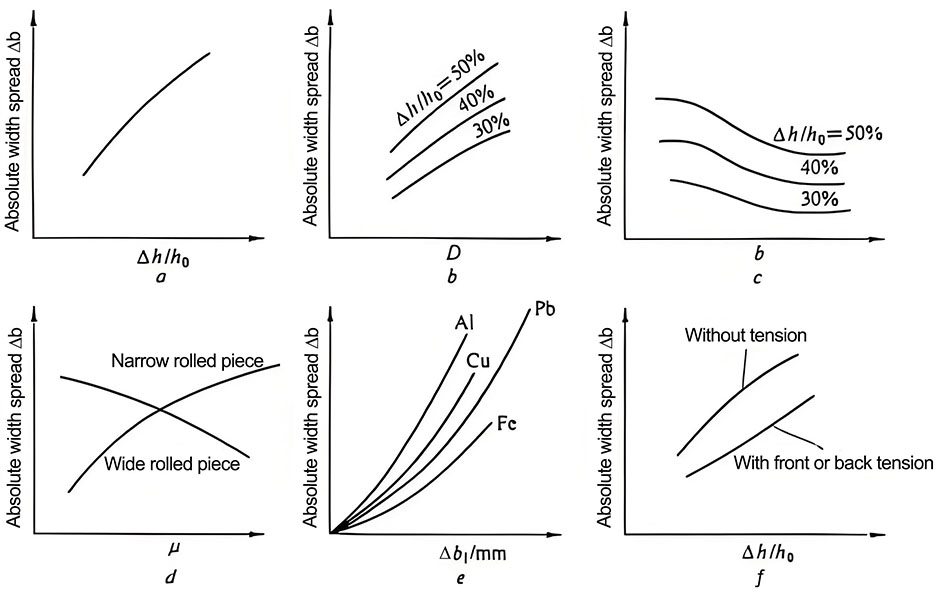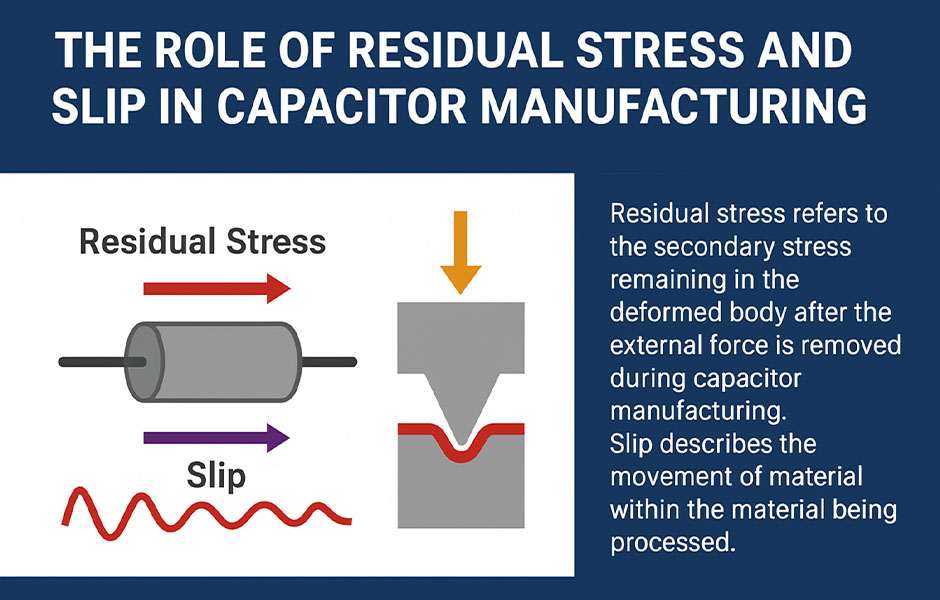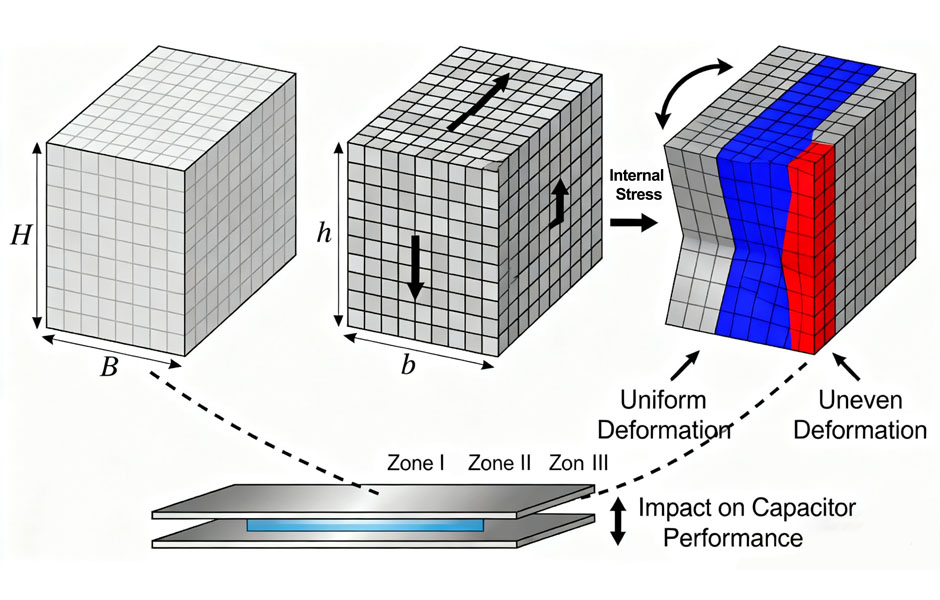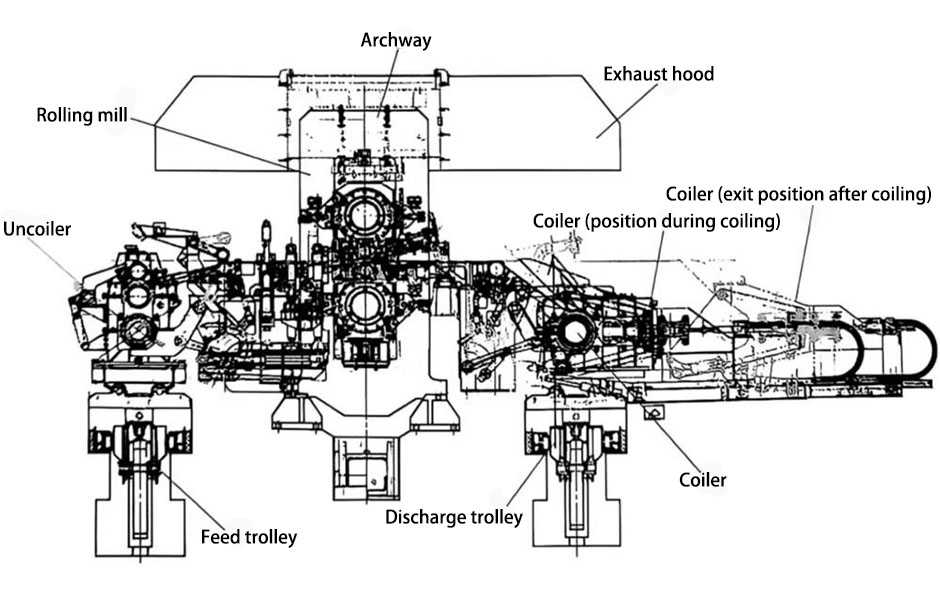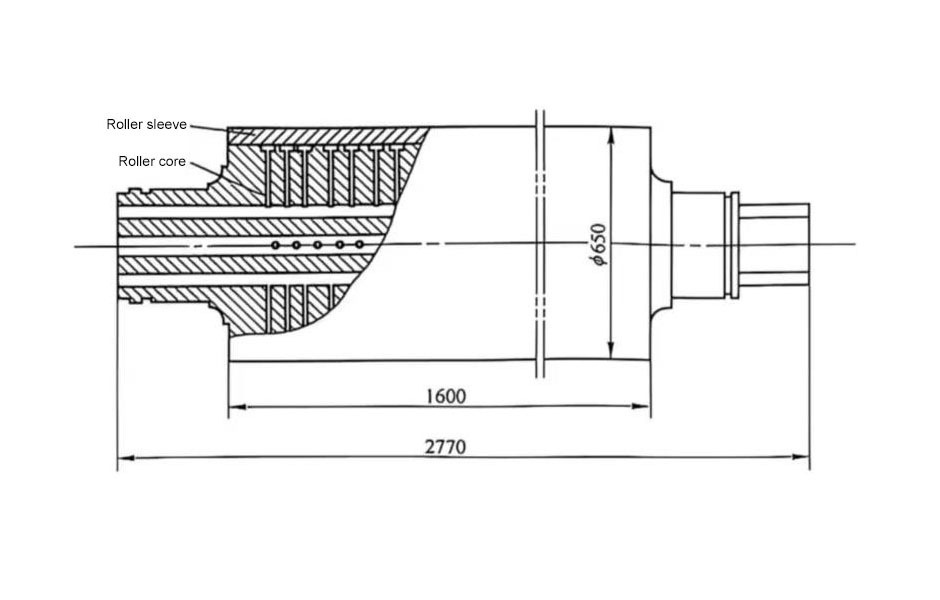Application of Chip Aluminum Electrolytic Capacitor:
Chip aluminum electrolytic capacitors play the role of filtering, coupling, DC blocking and energy storage in the circuit. They are widely used in various household appliances, computers, mobile communications, automotive electronics, smart grid, aerospace, rail transit and other fields. One of the main components that are indispensable in electronic equipment.
Chip aluminum electrolytic capacitor characteristics:
1. Wide operating temperature range,
2. Suitable for high density surface assembly SMD,
3. Suitable for reflow soldering,
4. Stable performance and high reliability.
5. Huahui ROHS.REACH directive has been completed.
Operating temperature range: -55 ° C ~ +105 ° C 2000 hours rated
Working voltage: 4V ~ 100VDC
Capacitance range: 0.1uf ~ 1500uf
Capacitance tolerance: ±20% (120HZ.20°C)
Product size: φ4*5.4, φ5*5.4, φ6.3*5.4, φ6.3*7.7, φ8*10.2, φ10*10.2, etc.
Suitable for reflow soldering for high-density display placement.
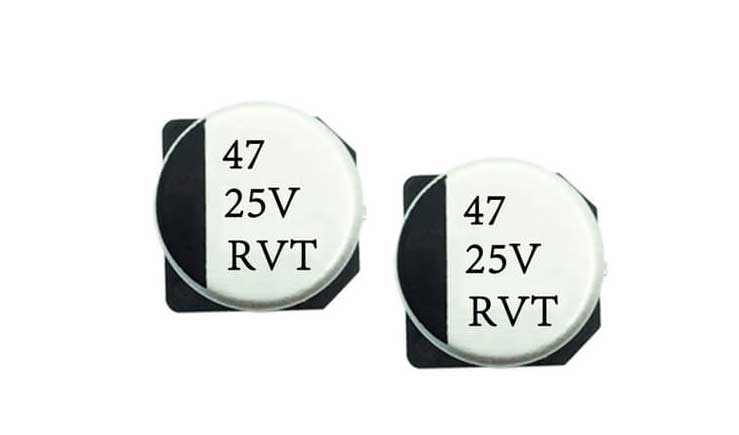
Precautions for the use of Chip aluminum electrolytic capacitor:
A) Circuit design
1) Fully consider the capacitor use and installation conditions within the scope of the Huahui product target
2) The operating temperature and applied ripple current should be within the specified range of Huahui product targets.
3) When designing the circuit, you should select the product that meets the life requirements.
4) Aluminum electrolytic capacitors are polar and should not be supplied with reverse voltage or AC voltage. For circuits where long reverse voltages may occur, bipolar capacitors should be selected. Note: Even bipolar capacitors cannot be used directly in pure AC circuits.
5) For circuits that require fast and frequent charge and discharge, aluminum electrolytic capacitors should not be used, but specially designed capacitors with long life should be selected.
6) Should not use overload voltage
1 The peak voltage after superposition of DC voltage and ripple voltage should not exceed the rated working voltage
2 If more than two capacitors are connected in series, make sure that the applied voltage is lower than the rated value, and connect a balancing resistor in parallel so that the applied voltage of each capacitor is equal.
7) Capacitors cannot be used in the following environmental conditions:
1(a) The capacitor is exposed to water (including concentrate), brine or oil.
(b) There are toxic gases such as hydrogen sulfide, sulfurous acid, nitrous acid, chlorine, bromine, methyl bromide and ammonia in the surrounding environment.
(c) Ozone, ultraviolet light and radiation in the surrounding environment.
2 Severe vibration and mechanical impact exceed the specified range of Huahui product targets.
The test conditions for vibration are as follows
Vibration frequency range: 10-55-10Hz
Scanning frequency: 10-55-10Hz/min
Scanning method: logarithm
Amplitude or acceleration: 1.5mm (maximum acceleration is 10G)
Vibration direction: X, Y, Z direction
Test time: 2 hours in each direction
Impact is generally not applicable.
8) Electrolyte The main chemical solvent and electrolytic paper are inflammable and the electrolyte is conductive. When the electrolyte comes into contact with the PC board, it may corrode the wiring on the PC board or cause a short circuit, resulting in smoke or fire. Therefore there should be no lines at the lower end of the capacitor seal.
9) When designing the circuit board, make sure that the heating components are not close to the other side of the aluminum electrolytic capacitor or PC board, and avoid it just below the capacitor.
10) When designing a circuit board, it should be considered that the electrical performance of the capacitor may vary with temperature and frequency.
11) When more than two capacitors are connected in parallel, the current balance through these capacitors should be considered.
12) When installing a capacitor on a double-sided board, the capacitor should be installed away from the excess substrate holes and vias.
B) Installation
1) Once the capacitor has been installed and loaded, do not attempt to use it for other boards or other purposes.
2) Capacitors that have been stored for more than 2 years may have increased leakage current. If the leakage current increases, use a 1KΩ resistor for charging.
3) Before installing the container on the PC board, please confirm its specifications and polarity.
4) Do not drop the capacitor on the ground, or use a capacitor that is dropped on the ground.
5) Do not damage the capacitor during installation.
6) Please pay attention to the mechanical impact of the tip of the placement machine, the product inspection fixture or the alignment device on the capacitor.
7) Reflow soldering
1 Please observe the reflow conditions in the Huahui product target.
2 When using infrared heating, please pay attention to the degree of heating, because the infrared absorption rate will vary with the color and size of the capacitor.
8) After soldering the capacitor to the PC board, do not tilt or twist the capacitor.
9) Do not hold the soldered capacitor to move the PC board.
10) Do not allow anything to come into contact with the soldered capacitor. If the PC board is stacked and stored, make sure that the PC board or other components do not touch the capacitor.
11) Solder capacitors should not be affected by heat radiation from any soldered PC board or other components.
12) Cleaning:
1 Do not clean the capacitor with a halogenated cleaning agent. If you must use a halogenated cleaning agent, please contact our sales department.
2 push cleaning method:
Use range: any type and specification
Cleaning method: The cleaning time of soaking, ultrasonic or other methods should be within 2 minutes. The cleaning agent temperature should be below 40 °C. After cleaning, the capacitor should be blown with the PC board for a minimum of 10 minutes with hot air. The hot air temperature should be lower than the capacitor operating temperature. If it is not sufficiently dried after washing, it may cause poor appearance, such as swelling of the seat plate.
3 Avoid using ozone depleting detergents to protect the environment.
C) after installation
1) Do not touch the positive and negative terminals of the capacitor directly with your hands.
2) Do not connect the conductor between the positive and negative electrodes, or sprinkle conductive liquid such as acid solution in the vicinity of the capacitor. damage
3) Avoid splashing water or oil in the use environment, avoid direct sunlight, ultraviolet radiation, radiation, toxic gases, vibration or mechanical shock.
D) Maintenance and inspection
Please periodically check the capacitors installed on industrial equipment. The test items are as follows:
Appearance: obvious defects, such as explosion-proof valve opening, electrolyte leakage, etc.
Electrical properties: capacitance, loss tangent, leakage current, etc. For specific data, please refer to Huahui product target and related product specifications.
E) Emergency situation
1) If you see smoke from the explosion-proof valve, turn off the main switch or unplug the clutch.
2) If inhaling gas or ingesting electrolyte, immediately wash the mouth and throat with water.
3) If the skin is stained with electrolyte, wash it off with soap and water.
F) storage
1) Do not store capacitors where temperature and temperature are high.
Storage environment should be temperature: 5 ° C -35 ° C, relative humidity: <75%, storage location: indoor.
2) Avoid water, salt water or oil in the storage environment of the capacitor.
4) Avoid exposure of the capacitor to ozone, UV or radiation.
G) Disposal
Please dispose of the capacitor in any of the following ways:
1) Inject holes in the capacitor case or crush the capacitor and incinerate.
2) If it is not possible to incinerate, please hand it to the waste disposal agency for landfill.
